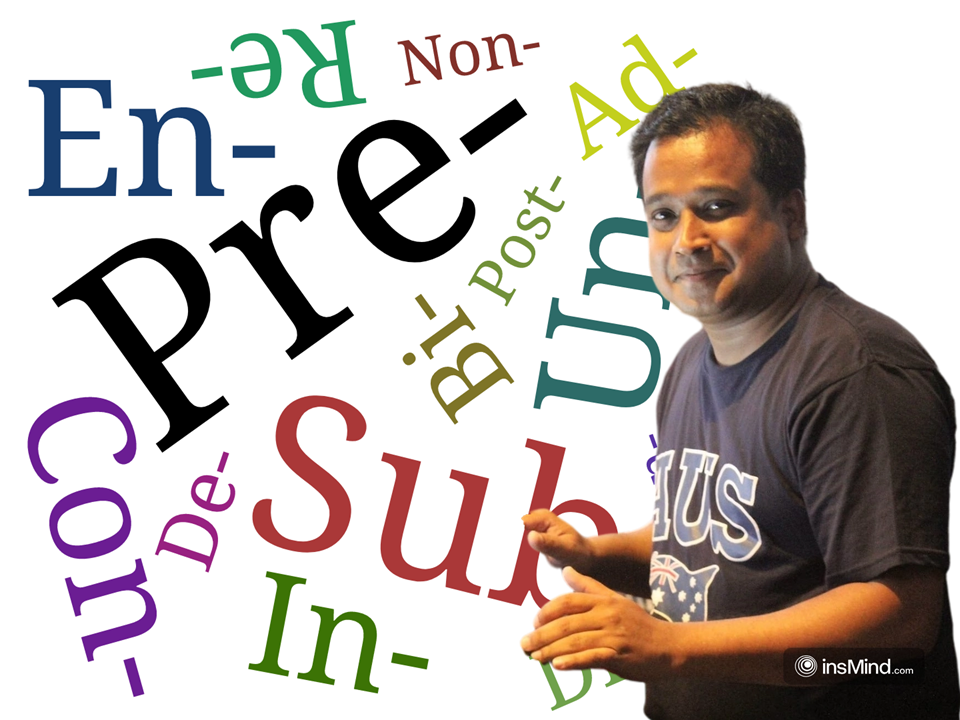
The bar chart compares consumer spending in France and the UK on five categories of goods—cars, computers, books, perfume and cameras—in 2010, measured in thousands of pounds sterling.
Overall, both countries devoted the largest share of their budgets to cars, while perfume and cameras received the least. The UK outspent France on three of the five categories (cars, books and cameras), whereas France led on computers and perfume.
In detail, UK consumers spent around £450 000 on cars, the highest single‐category figure, compared with approximately £400 000 in France. By contrast, computers ranked second in France at roughly £380 000 but fell to third place in the UK at just £350 000. Book expenditure showed a converse pattern: the UK spent about £400 000 on books—its second-highest category—while France’s outlay was nearer £300 000.
At the lower end of the scale, French consumers allocated about £200 000 to perfume, exceeding the UK’s £150 000 by some margin. Camera spending revealed the greatest disparity: UK outlay stood at approximately £350 000, over twice France’s figure of around £150 000.
How was this model response developed?
1. Understand and Paraphrase the Task
What I did:
- I first read the chart carefully, noting it shows 2010 spending (in pounds) on five goods in France and the UK.
- In your introduction, you should paraphrase the prompt (i.e. say the same thing in your own words).
Example from the report:
“The bar chart compares consumer spending in France and the UK on five categories of goods—cars, computers, books, perfume and cameras—in 2010, measured in thousands of pounds sterling.”
Why?
Paraphrasing shows the examiner you can use different vocabulary and sentence structures.
2. Give an Overview
What I did:
- I picked out the two biggest overall trends: both countries spent most on cars; perfume and cameras were the smallest.
- I also noted which country spent more in most categories.
Example from the report:
“Overall, both countries devoted the largest share of their budgets to cars, while perfume and cameras received the least. The UK outspent France on three of the five categories (cars, books and cameras), whereas France led on computers and perfume.”
Why?
In Task 1 you need one clear overview paragraph. Don’t put numbers here—just the main picture.
3. Organize the Details into Paragraphs
What I did:
- I grouped similar categories together so the description flows:
- High-spending items (cars, computers, books)
- Low-spending items (perfume, cameras)
- Each paragraph compares France and the UK and gives approximate figures.
Paragraph 1 (high spending):
“UK consumers spent around £450 000 on cars…, compared with approximately £400 000 in France. By contrast, computers ranked second in France at roughly £380 000 but fell to third place in the UK at just £350 000. Book expenditure showed a converse pattern: the UK spent about £400 000 on books… while France’s outlay was nearer £300 000.”
Paragraph 2 (low spending):
“French consumers allocated about £200 000 to perfume, exceeding the UK’s £150 000 by some margin. Camera spending revealed the greatest disparity: UK outlay stood at approximately £350 000, over twice France’s figure of around £150 000.”
Why?
- Grouping makes it easier for the reader (examiner) to follow.
- Using comparative language (“compared with”, “by contrast”, “exceeding”, “over twice”) highlights differences.
- Rounding your numbers (“around”, “roughly”, “nearly”) keeps your writing smooth.
4. Use a Range of Vocabulary and Grammar
What I did:
- Swapped simple words from more academic ones: “outlay” instead of “spending“, “allocated” instead of “spent”
- Used linking words:
- To compare: while, whereas, by contrast
- To sequence: next, in detail, at the lower end
- Used linking words:
Why?
A wider vocabulary varied grammar structures score higher for “Lexical Resource” and “Grammatical Range.”
5. Keep It concise and Objective
- No opinions or extra explanations – just facts from the chart.
- Stick to what the data shows.
Quick Checklist for Yourself
- Paraphrase the prompt in one sentence.
- Give an overview: two or three main trends, no data.
- Detail paragraphs: group similar data, use comparisons, include figures.
- Vocabulary/Grammar: vary your language, use linking words.
- Stay objective: don’t add your own ideas.
With practice, following these steps will become second nature! Good luck.

